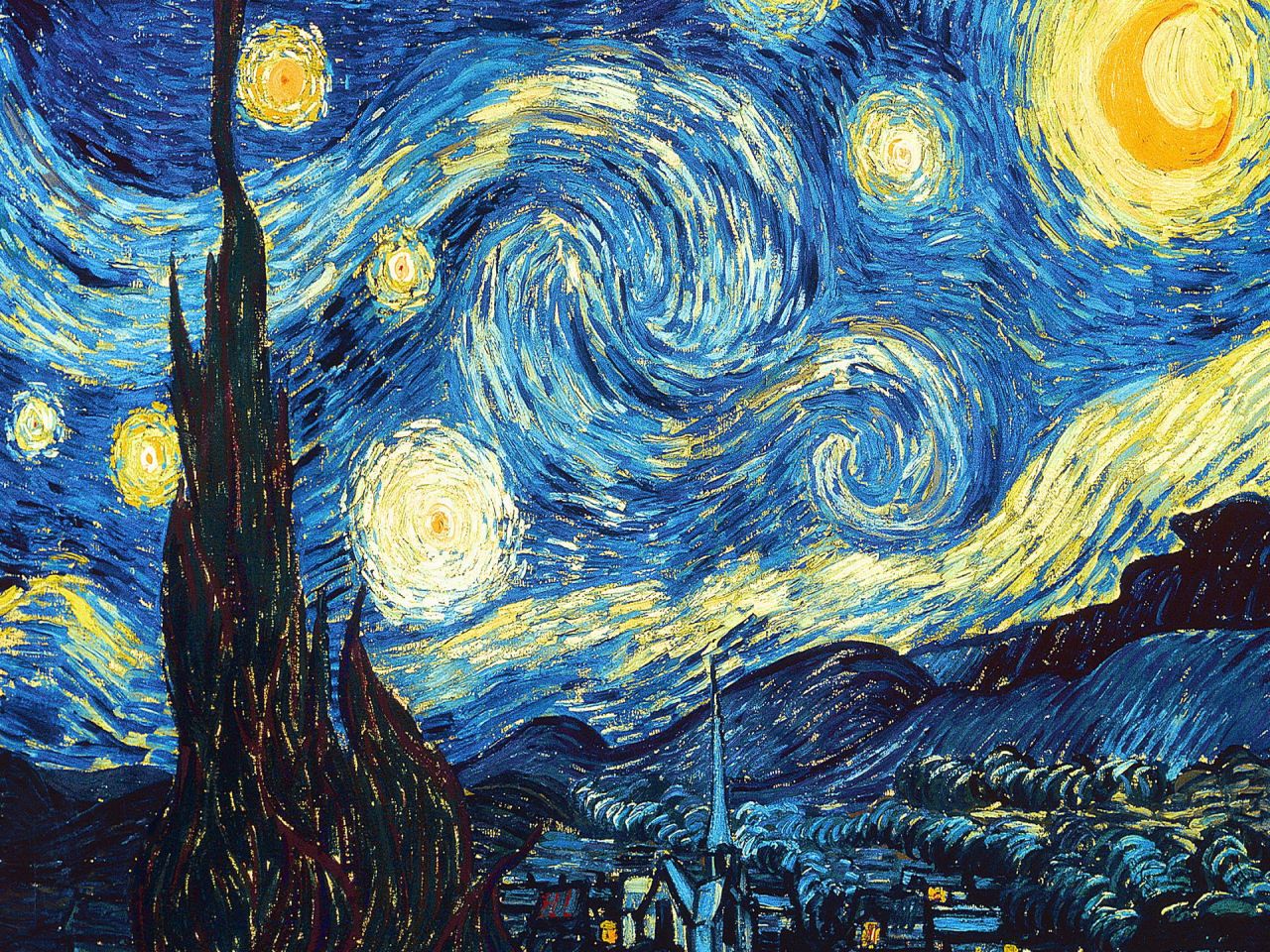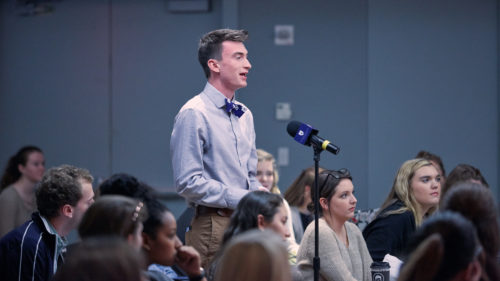5 Things Art is Not
Dr. Daniel A. Siedell is Presidential Scholar and Art Historian in Residence at The King’s College in New York City and the author of God in the Gallery: A Christian Embrace of Modern Art.

One of the challenges that art faces is that everyone thinks they know what it is and so no one really takes the time to actually explore it. And yet, in over two decades of study through my work as a curator, college professor, and critic, art has become more mysterious, eluding my attempts to pin it down, to fully understand it, becoming so much more and other than I had expected. In fact, I am less prepared today than I was twenty years ago to define it.
But what I have learned are a few things about what art is not, things that I have believed about art over the years that I have gradually had to abandon.
1. Art is not an abstract category. Theologians and philosophers tend to exaggerate the importance of defining what “Art” is. But such an effort does more harm than good, focusing too much attention on the abstract categories that generate discussion in the seminar room but are of little if no help to you when standing face to face with a painting. You do not stand in front of “Art” in a museum or a gallery, you stand in front of particular painting. The artist Barnett Newman once quipped, “aesthetics is for artists what ornithology is for birds.” As useful as theoretical and philosophical reflection can be in moderation, I tend to agree with him.
2. Art is not a political weapon. The value of art is not found in its capacity to effect political change “out there” but to work on us—you and me—to connect with our pain and suffering, hope and yearning, to have the run of our “inner chambers,” as literary critic George Steiner once said. Art deals with our inner kingdoms. Tolstoy writes, “The political is not compatible with the artistic, because the former, in order to prove, has to be one-sided.” And art that is one-sided is not art. It is propaganda.
Click to tweet this article by Dr. Siedell.
3. Art is not easy. Any cultural practice that is worth taking seriously, that has a history and tradition, whether cooking, ballroom dancing, or chess, takes practice, and thus requires effort to learn. Each work of art is a response to a conversation that spans centuries, each artist receives and passes on this tradition in their own distinctive way. Christian thought leaders who care about art should spend less time studying “theology” and more time studying art history and actually looking at works of art. The poet Rainer Maria Rilke wrote about acquiring the “right eyes” to see Paul Cézanne’s paintings. And for Rilke, the “right eyes” take time—a lot of time.
4. Art is not a visual illustration of the artist’s worldview. We often presume that a work of art represents the “worldview” of the artist. This is simply untrue. No human being possesses a unified “worldview” that is manifest in and through each of her intentional acts or artifacts she produces. We don’t need art critics to tell us this. We can read the words of the prophet Jeremiah: “the heart is perverse above all things, and unsearchable, who can know it” (Jer 17: 9)? Why then do we presume that every work of art is the product of a particular, distinctive set of “ideas” or a “philosophy” that the artist consciously possesses and that we as viewers can discern? An artist does not paint a picture to express what she already knows or believes. She paints to learn something about herself and the world—something she doesn’t already know. Oscar Wilde wrote that the work of art “has an independent life of its own, and may deliver a message far other than what which was put into its lips to say.” A work of art does not point back to its maker, but looks out to you the viewer. It’s not concerned with beliefs or thoughts of its maker. It’s addressing you and your heart.
5. Art does not form virtue. In Chaim Potok’s novel, My Name is Asher Lev, the artist Jacob Kahn tells his young disciple, art is “a tradition of goyim and pagans. Its values are goyisch and pagan. Its concepts are goyisch and pagan. Its way of life is goyisch and pagan.” Art always pushes against the pragmatism, moralism, and utilitarianism that shapes life inside as well as outside the church. It starts with our weakness, desperation, and brokenness in its search for hope and beauty and stakes its existence and relevance on the belief that all appearances deceive. Art is not a megaphone. It is a dog whistle. And only those who suffer and hope can hear it.
The artist Mark Rothko once said that it’s a risky business to send a painting out into the world. If you stop to think, a painting is an absurd thing—smelly pigments smeared around scraps of canvas or paper. And yet, after twenty years of devoting my life to it, I can claim that those absurd artifacts speak to us.
If only we have ears to hear.
Dr. Daniel A. Siedell is Presidential Scholar and Art Historian in Residence at The King’s College in New York City and the author ofGod in the Gallery: A Christian Embrace of Modern Art. Follow him on Twitter: @DanSiedell.
From March 10 to 14, 2014, Dr. Siedell is teaching a class at Knox Theological Seminary in Fort Lauderdale. Offered as part of the Seminary’s D.Min program, the course “Christ in Culture: Art & Theology in Conversation” is also open to anyone interested in art, culture, and theology. For more information about the course, including a syllabus, contact Dr. Siedell. For registration information, contact Lori Gottshall.




